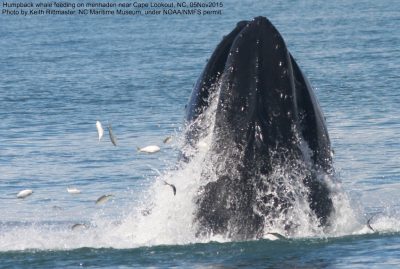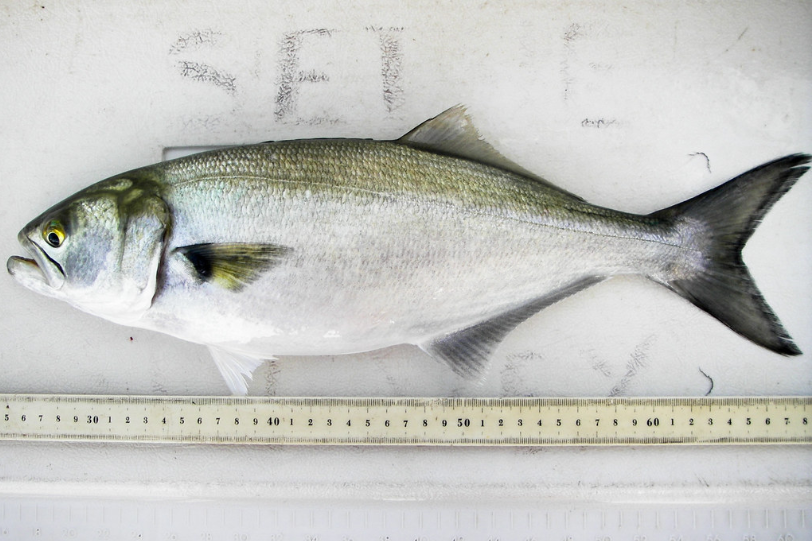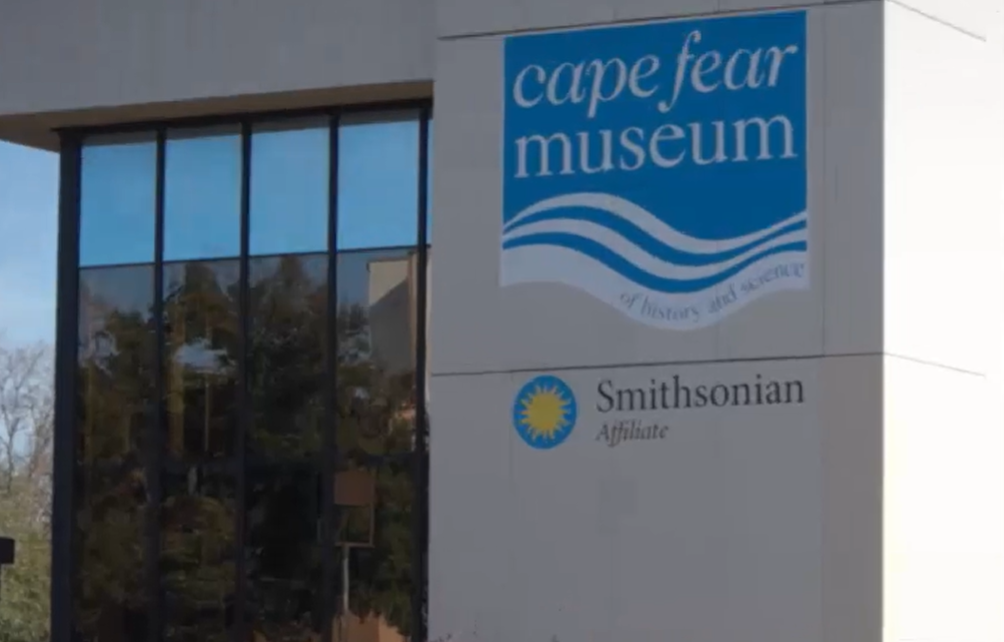
BEAUFORT – The history, biology, conservation and pedagogy of whales and whaling specific to North Carolina will be covered during the North Carolina Maritime Museum’s third annual Whales and Whaling Symposium.
Set for 10 a.m. to 3 p.m. April 6 in the museum, 315 Front St., the symposium provides an opportunity to learn which species of whales can be found in the state’s coastal waters and further offshore, how and where some of these species were hunted regionally, and the contributions prepared skeletal specimens make to research, conservation and education.
Supporter Spotlight
There will also be special exhibits enabling participants to interact with bones, baleen, teeth, oil, and more. Historians, biologists, naturalists, environmentalists and educators share experiences and knowledge through a series of presentations and displays appropriate for all audiences.
Pre-registration is recommended for the free program to assure enough materials are available. Contact Program Registrar Francis Hayden at 252-504-7758 or at frances.hayden@ncdcr.gov.
“The Whales and Whaling Symposium blends the cultural and historical aspects of whaling with the cutting edge scientific research that is going on here,” said North Carolina Maritime Museum Curator John Hairr in a statement. “With our long tradition of whaling and the rich diversity of marine mammals, the North Carolina coast is one of the best places in the world to see and understand how they all interrelate. Forty species of marine mammals including seals, manatees, dolphins and whales, have been documented off North Carolina as strandings, whaling targets, and live sightings.”
Throughout the day, visitors will have the opportunity to see educational displays about whales and whaling that will include the unveiling of a newly rearticulated skeleton from an Atlantic spotted dolphin, Stenella frontalis, prepared by Natural Science Curator Keith Rittmaster and his volunteers. Sometimes known as Cuvier’s dolphin and Gulf Stream dolphin, Atlantic spotted dolphin is the most abundant cetacean species found in North Carolina waters, though they rarely come close inshore.
“I’m continually amazed at the abundance and diversity of whales (and their behaviors) in North Carolina,” Rittmaster said. “I look forward to presenting some of what we’re learning about whales in North Carolina along with current conservation issues impacting them.”
Supporter Spotlight
In an email, Rittmaster told Coastal Review Online, “It’s fun to bring out some of our unusual cetacean specimens (baleen, teeth, oil, and bones) for the public to view and handle (and smell!). This year I will be excited to exhibit a recently completed skeletal display of a shark-bitten Atlantic spotted dolphin that stranded on Ocracoke in July, 2014.”
David Cartier, public relations coordinator for the North Carolina Maritime Museum system, said in a statement that the program has received a wide range of interest already from a residents to the educational community.
“We are fortunate to have the quality of talent available to share their amazing experiences with the participants,” he said. “We have many registrants already. With the interest and curiosity in North Carolina whales, we expect this program to be completely full.”
Symposium Agenda
- 10 a.m. Introduction, Hairr.
- 10:05 a.m. Whales of North Carolina, Rittmaster.
- 11 a.m. Killer Whales off the Carolina Coast, Hairr.
- 1 p.m. U.S. Navy Environmental Compliance and Marine Mammal Monitoring, Jacqueline Bort, marine resources specialist focusing on acoustics for Naval Facilities Engineering Command, Atlantic in Norfolk, Virginia.
- 2 p.m.Large Whale Strandings: A History of Response in North Carolina, William McLellan, research biologist at University of North Carolina Wilmington and North Carolina State stranding coordinator.
- 3 p.m. Wreck of the Whale Ship Seychelle During the Great Beaufort Hurricane of 1879, Associate North Carolina Maritime Museum Curator Benjamin Wunderly.







